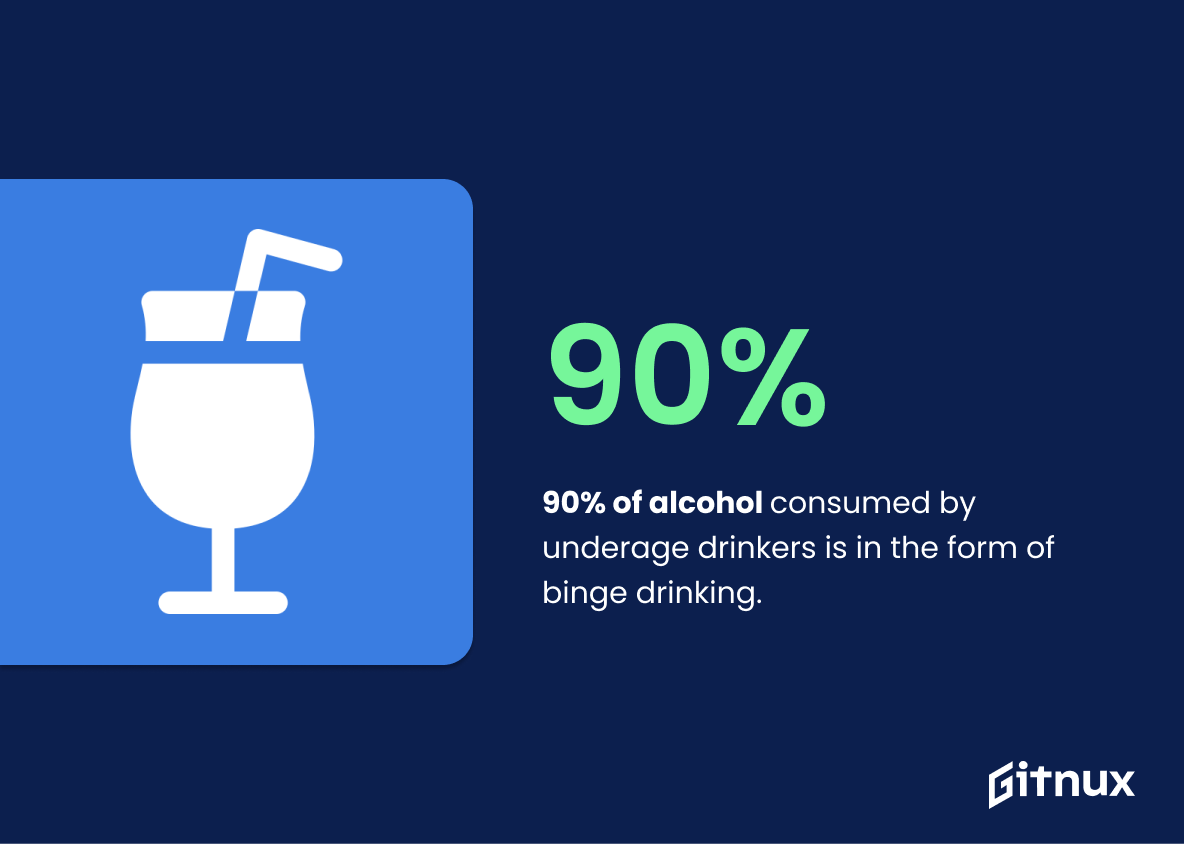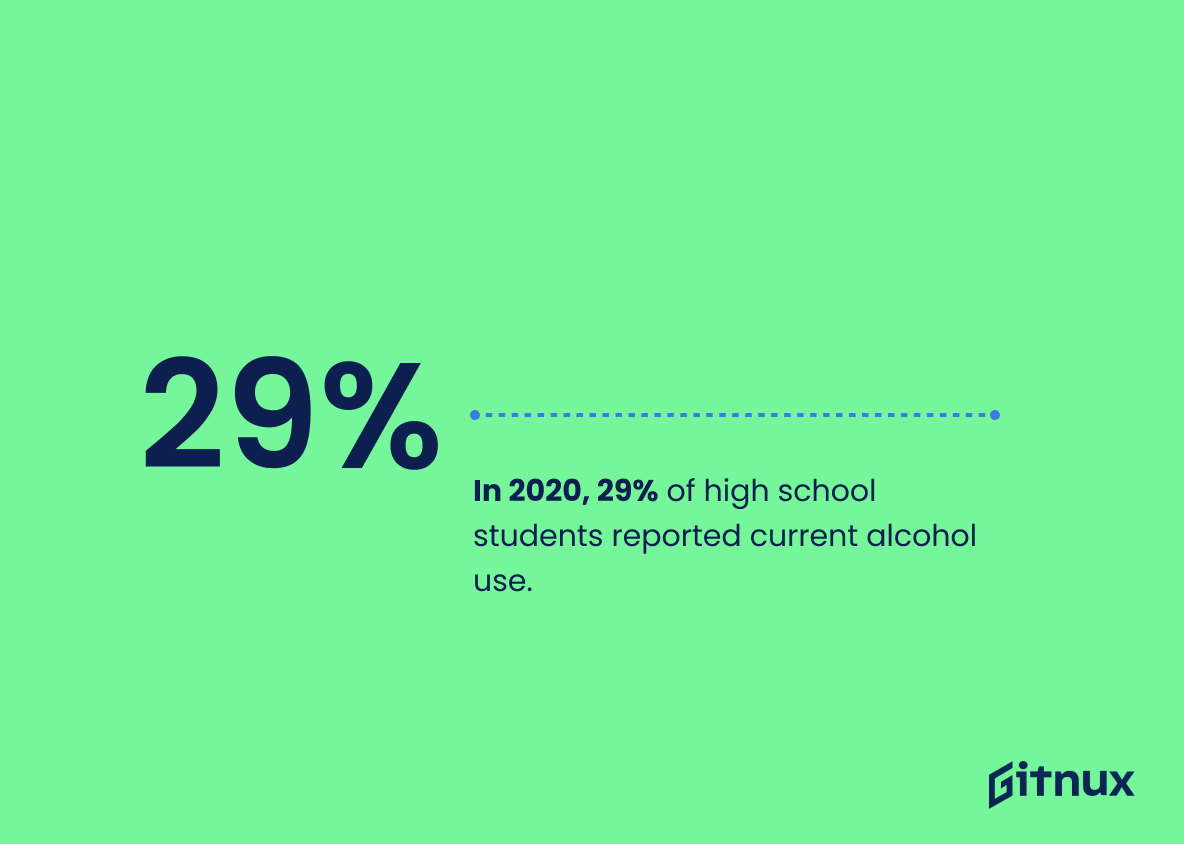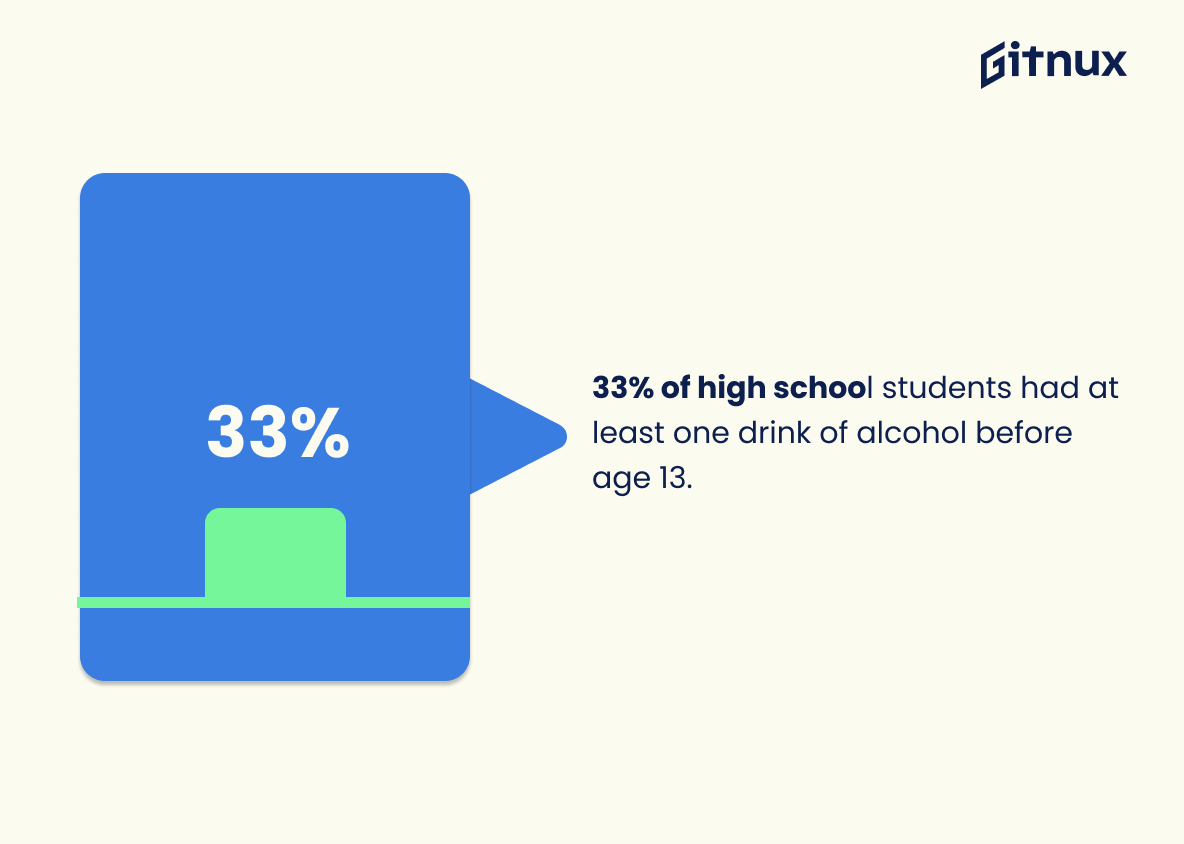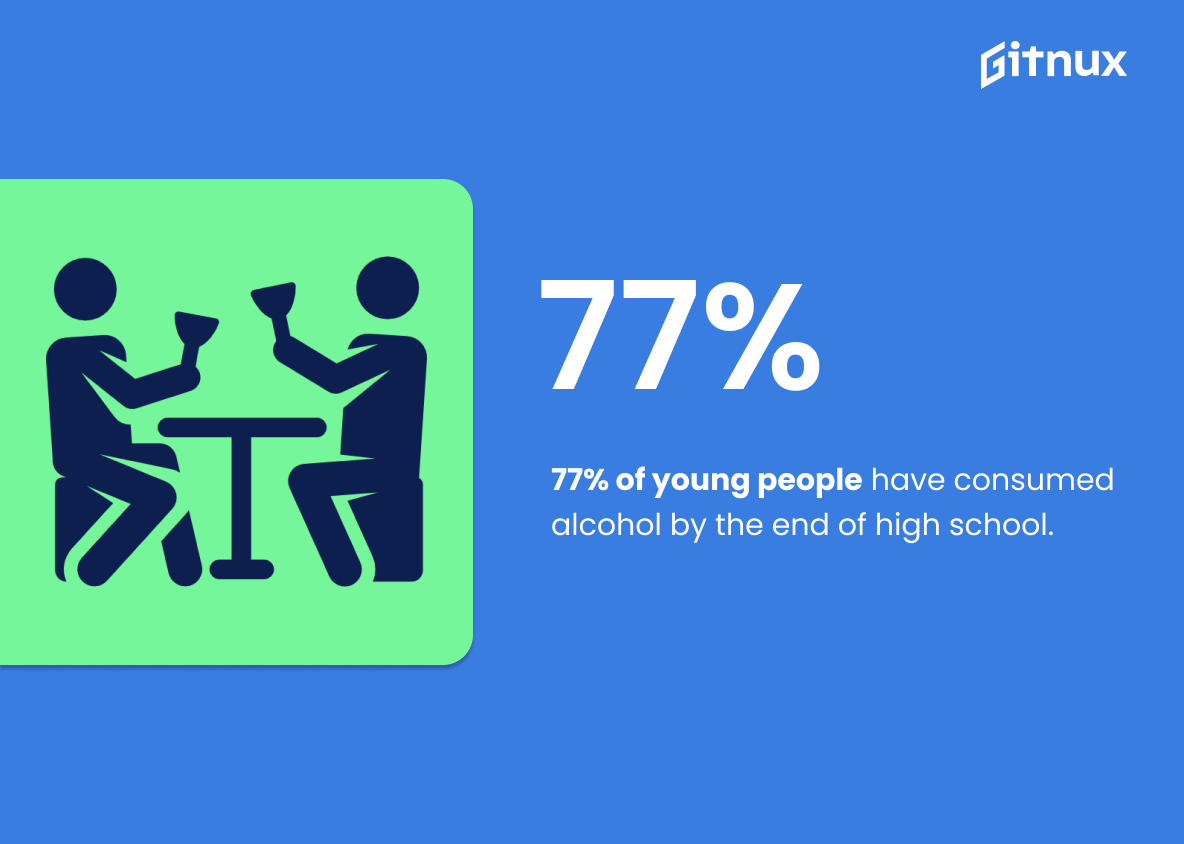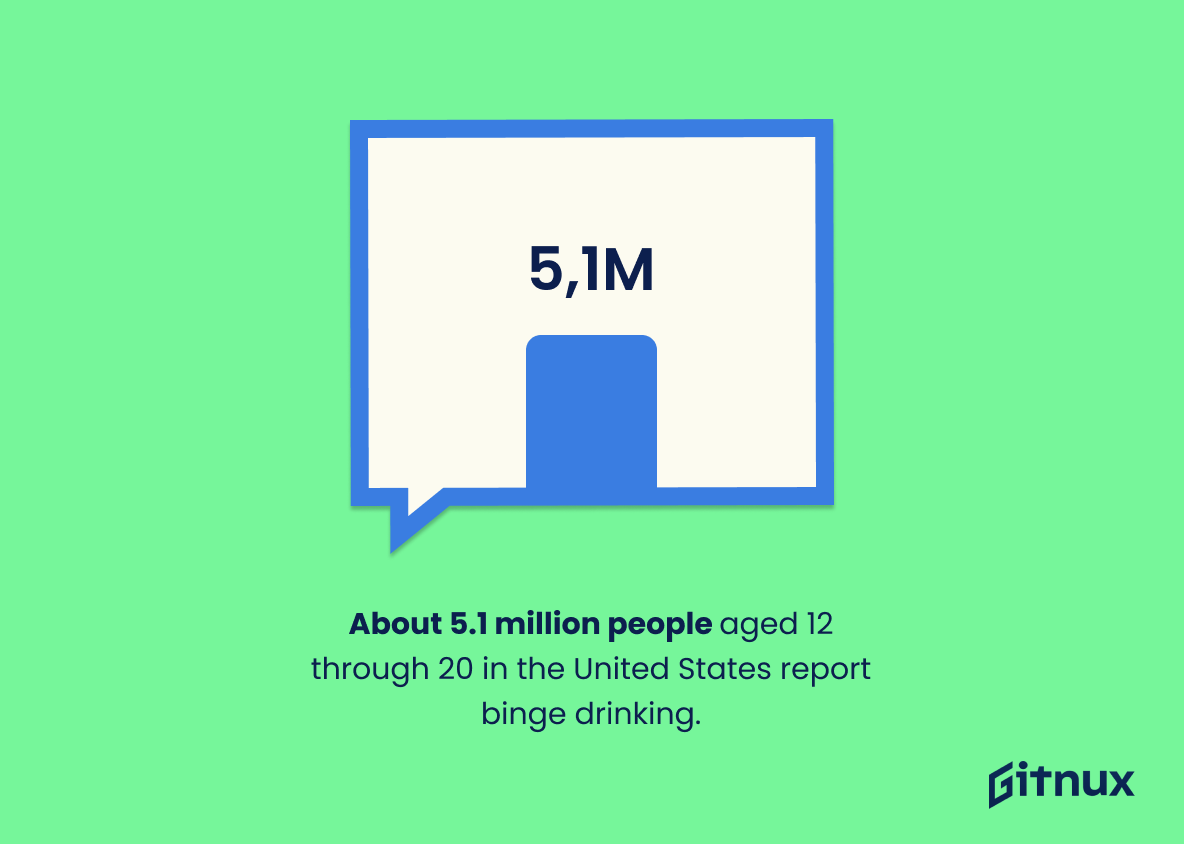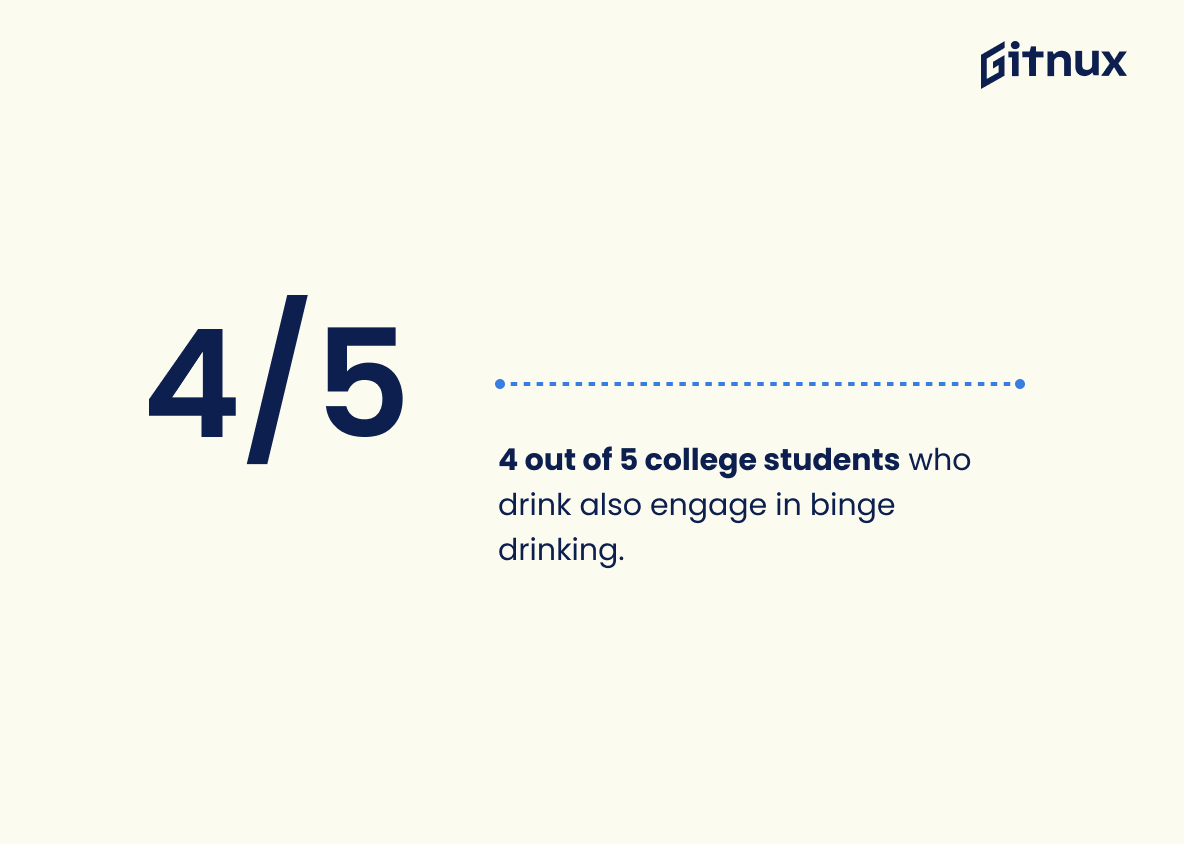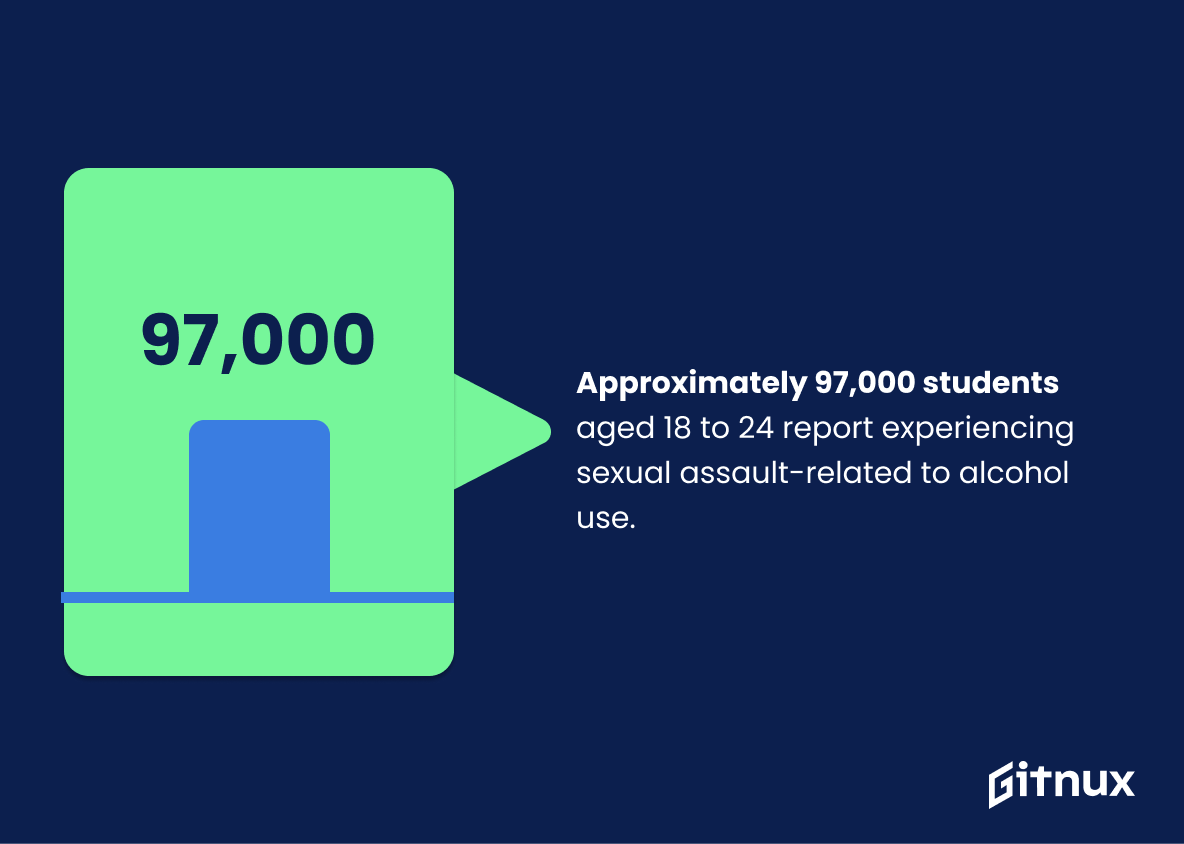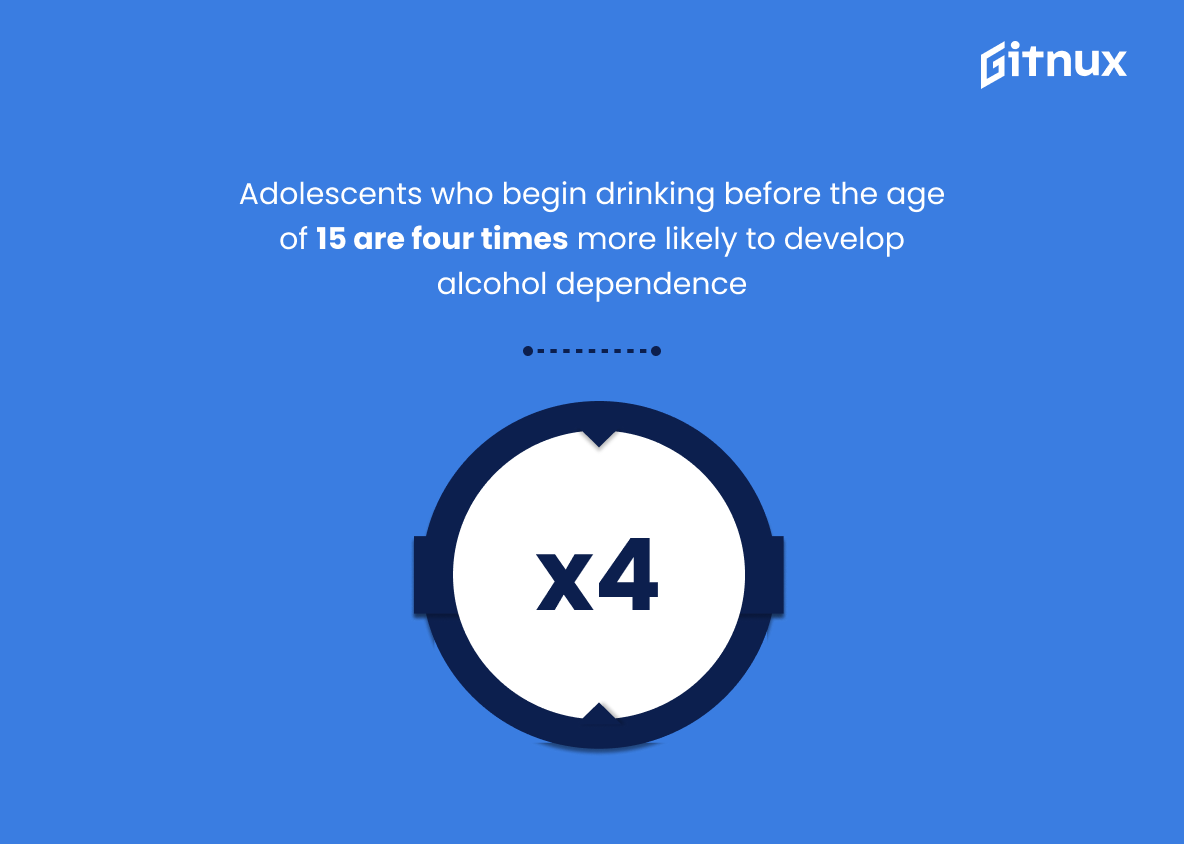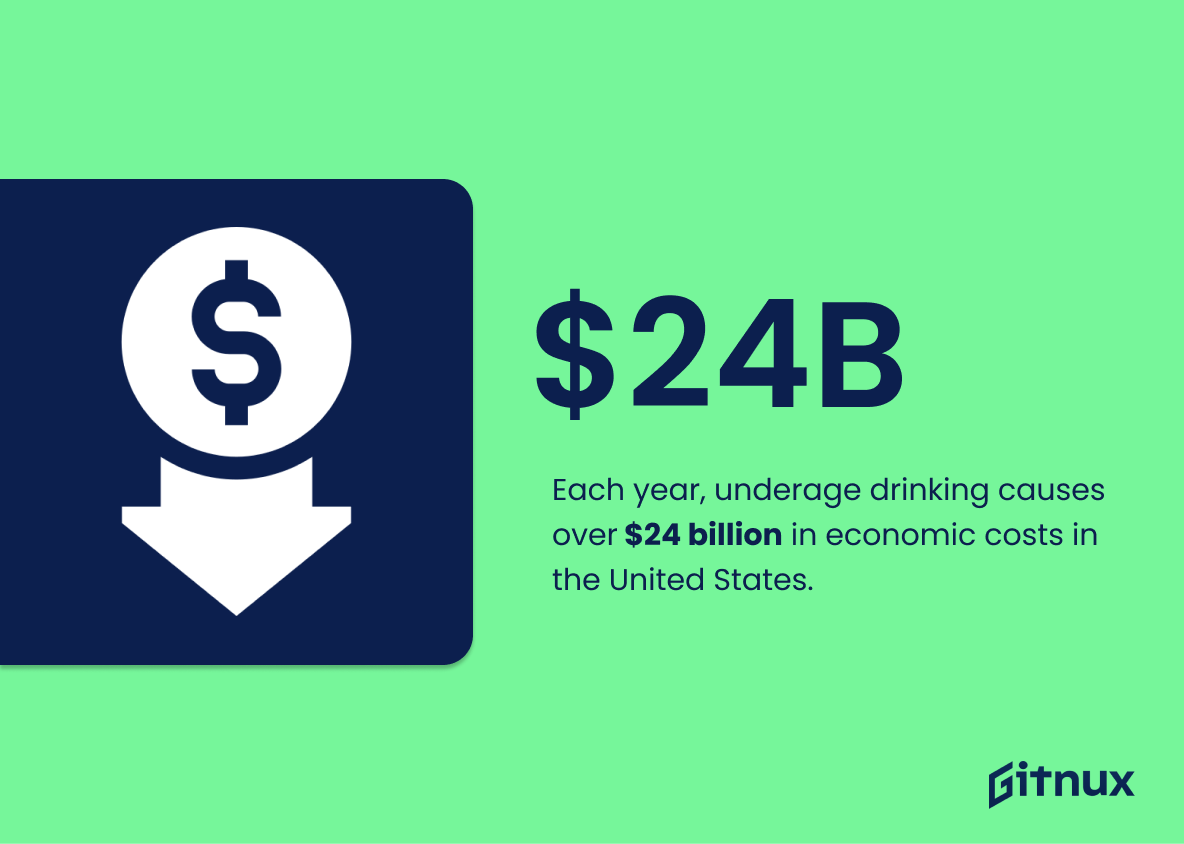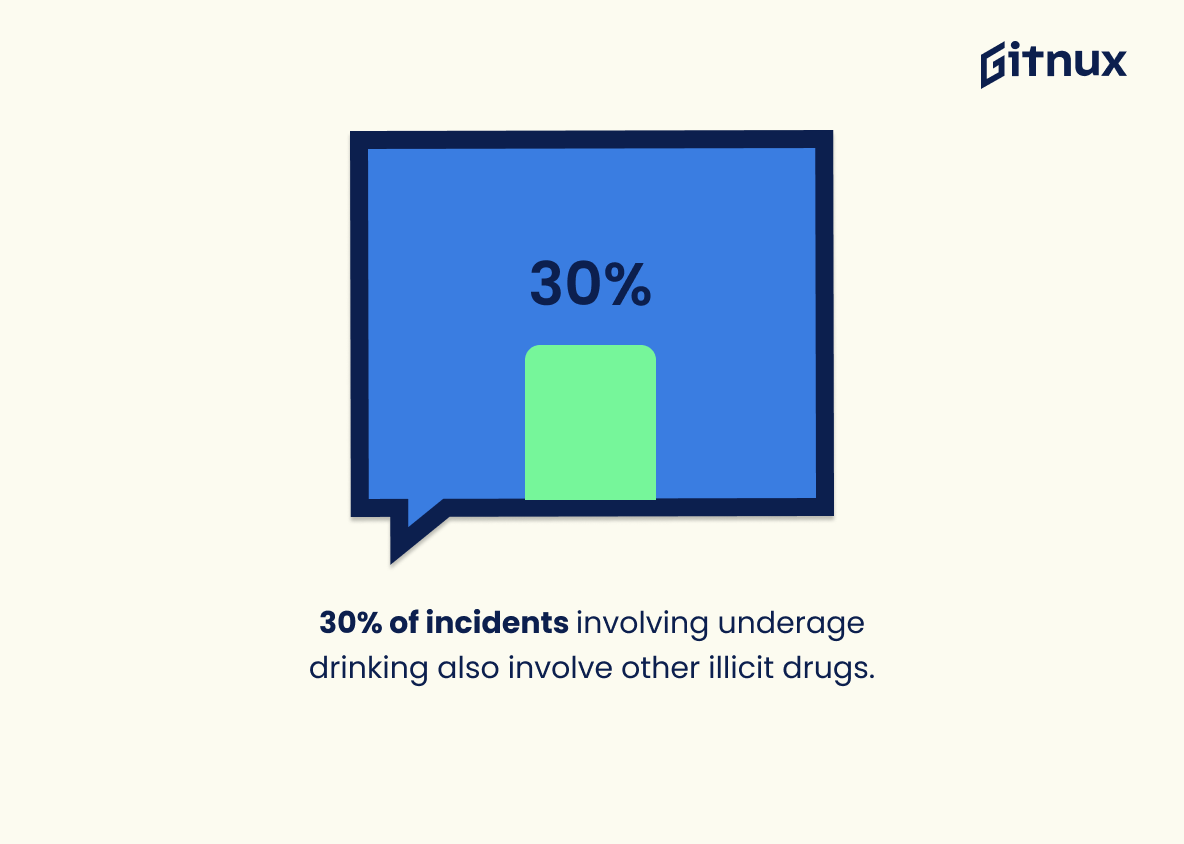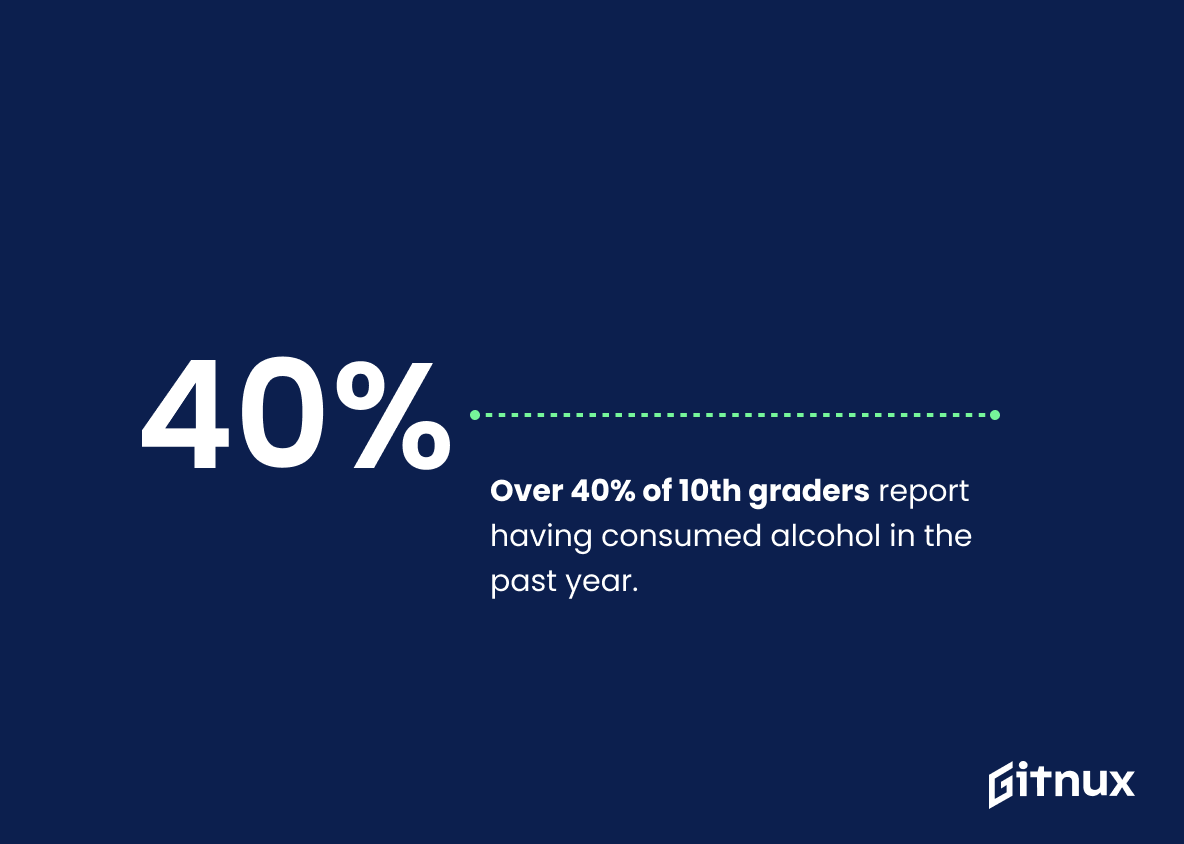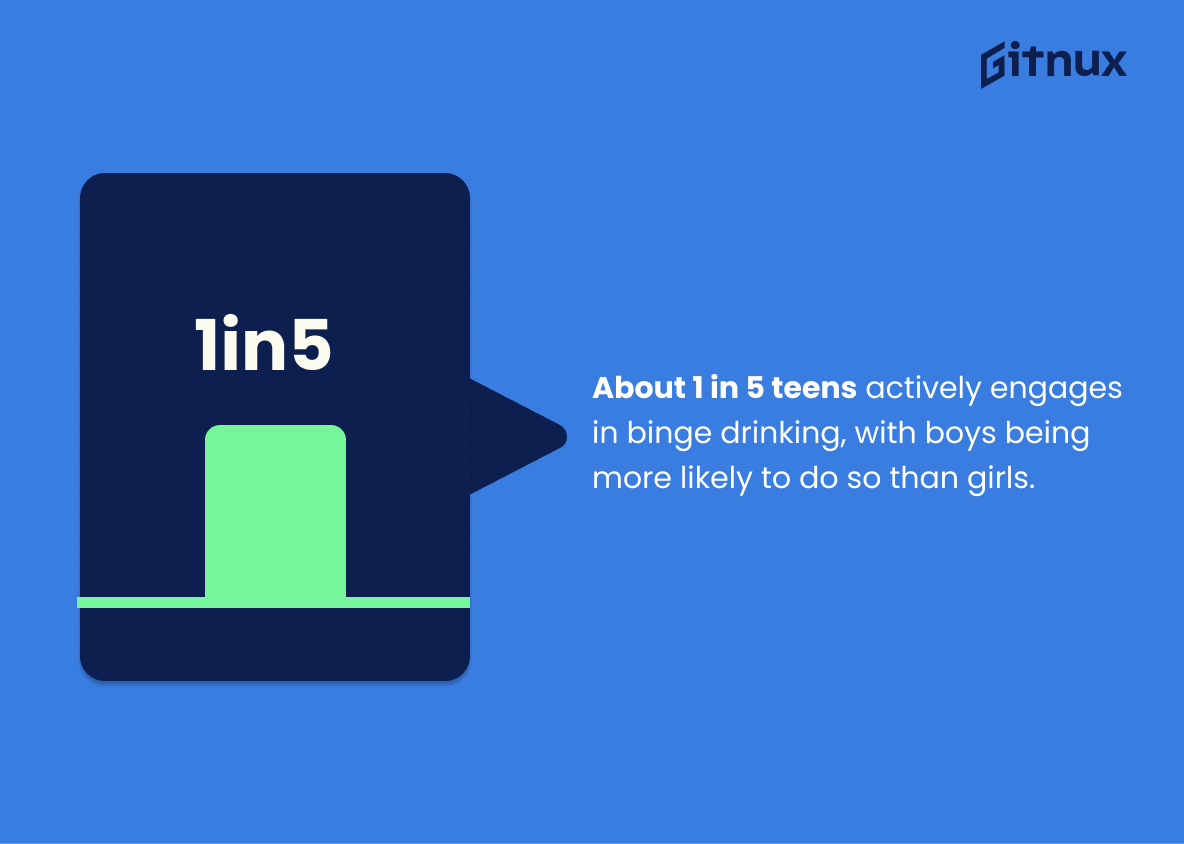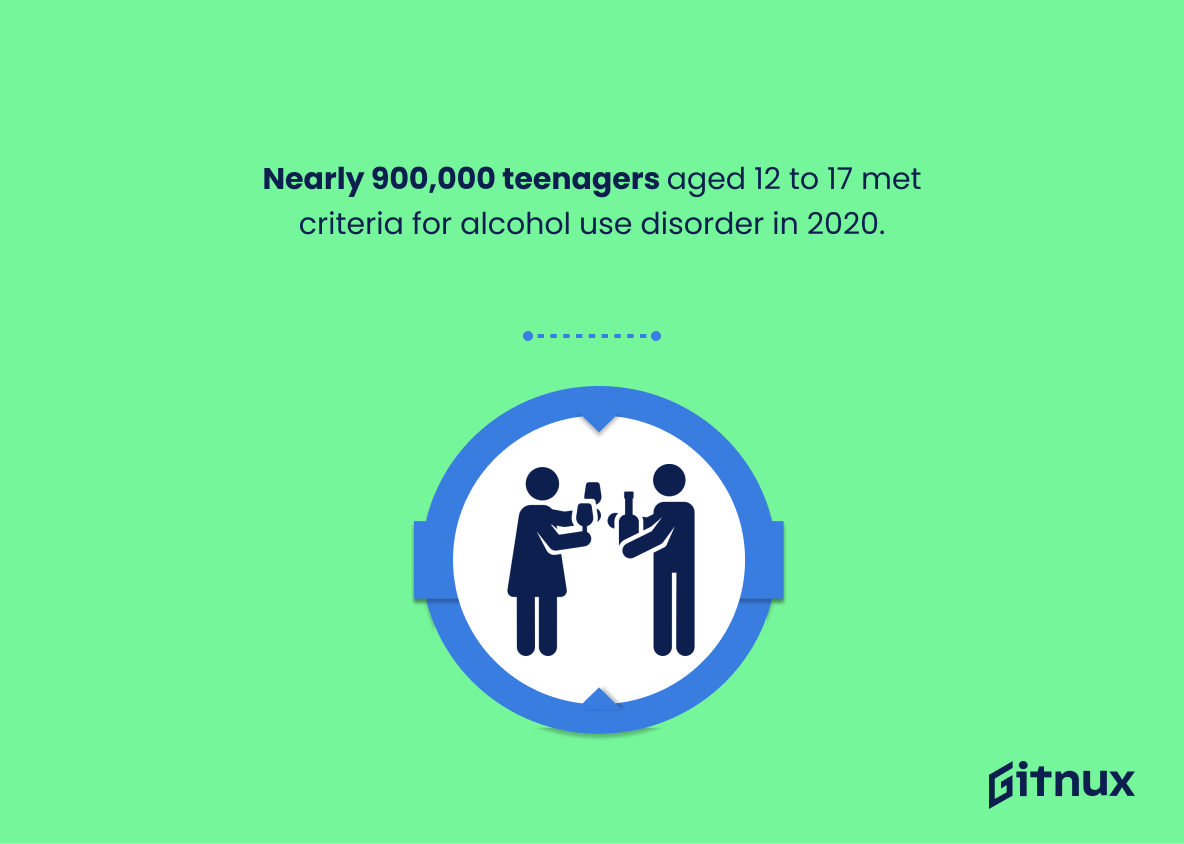Teen drinking is a serious issue that affects many young people in the United States. The statistics on teen drinking are alarming and can help us understand the scope of this problem. This blog post will discuss 20 different statistics about teen drinking, including information on how much alcohol teens consume, their likelihood to engage in binge drinking, and other related issues such as sexual assault and poor school performance. We hope these facts provide insight into why it’s important for parents to talk with their children about responsible alcohol consumption.
This statistic is a stark reminder of the prevalence of underage drinking in the United States. It highlights the need for greater awareness and education about the dangers of alcohol consumption among young people. It also serves as a call to action for parents, educators, and policy makers to take steps to reduce the amount of alcohol consumed by teens.
60% of teenagers admit they consume at least one alcoholic drink every month.
This statistic is a stark reminder of the prevalence of teen drinking. It highlights the need for parents, teachers, and other adults to be aware of the potential dangers of underage drinking and to take steps to prevent it. It also serves as a call to action for communities to provide resources and support to help teens make healthy decisions about alcohol consumption.
Teen Drinking Statistics Overview
90% of alcohol consumed by underage drinkers is in the form of binge drinking.
This statistic is a stark reminder of the dangers of underage drinking. It highlights the fact that many young people are engaging in dangerous drinking habits, such as binge drinking, which can have serious health and social consequences. It is a reminder that more needs to be done to educate young people about the risks of alcohol consumption and to provide them with the resources they need to make informed decisions about their drinking habits.
Teen drivers aged 16-19 are 17 times more likely to die in a car crash when they have a BAC of .08% than when they have not been drinking.
This statistic is a stark reminder of the dangers of teen drinking and driving. It highlights the fact that even a small amount of alcohol can have a devastating impact on the lives of young people. It serves as a warning to teens and their parents that drinking and driving is a deadly combination that should be avoided at all costs.
In 2020, 29% of high school students reported current alcohol use.
This statistic is a stark reminder of the prevalence of teen drinking in our society. It highlights the need for greater awareness and education about the risks associated with alcohol use among young people. It also serves as a call to action for parents, educators, and other stakeholders to take steps to reduce the prevalence of teen drinking and its associated harms.
33% of high school students had at least one drink of alcohol before age 13.
This statistic is a stark reminder of the prevalence of underage drinking among high school students. It highlights the need for greater awareness and education about the dangers of alcohol consumption at a young age. It also serves as a call to action for parents, teachers, and other adults to take steps to prevent underage drinking and to ensure that teens are making safe and responsible decisions.
Teen girls are more likely to engage in intoxicated binge drinking than teenage boys.
This statistic is a stark reminder of the dangers of teenage drinking, particularly for young women. It highlights the need for greater awareness and education around the risks of binge drinking, as well as the need for more effective prevention strategies to reduce the prevalence of this dangerous behavior. It also serves as a call to action for parents, educators, and other adults to take a more active role in helping teens make informed decisions about alcohol consumption.
Each year, around 3,500 deaths are attributed to alcohol consumption for people under the age of 21 in the United States.
This statistic is a stark reminder of the dangers of underage drinking. It serves as a powerful reminder that alcohol consumption can have serious and even fatal consequences for young people. It is a sobering reminder that alcohol should not be taken lightly and that parents, teachers, and other adults should be vigilant in educating young people about the risks of drinking.
77% of young people have consumed alcohol by the end of high school.
This statistic is a stark reminder of the prevalence of teen drinking. It highlights the need for parents, teachers, and other adults to be aware of the potential dangers of underage drinking and to take steps to prevent it. It also serves as a reminder that teens need to be educated about the risks associated with alcohol consumption and the importance of making responsible decisions.
About 5.1 million people aged 12 through 20 in the United States report binge drinking.
This statistic is a stark reminder of the prevalence of binge drinking among teenagers in the United States. It is a sobering reminder of the dangers of underage drinking and the need for greater awareness and prevention efforts. It is a call to action for parents, educators, and other stakeholders to take steps to reduce the risks associated with teen drinking.
4 out of 5 college students who drink also engage in binge drinking.
This statistic is a stark reminder of the prevalence of binge drinking among college students. It highlights the need for greater awareness and education about the dangers of excessive alcohol consumption. It also serves as a warning to parents and other adults that they should be vigilant in monitoring the drinking habits of college students in their care.
Approximately 97,000 students aged 18 to 24 report experiencing sexual assault-related to alcohol use.
This statistic is a stark reminder of the dangers of underage drinking. It highlights the fact that alcohol consumption can lead to serious consequences, such as sexual assault, for young people. It is a sobering reminder that teens should be aware of the risks associated with drinking and take steps to protect themselves.
Adolescents who begin drinking before the age of 15 are four times more likely to develop alcohol dependence than those who begin drinking at age 21.
This statistic is a stark reminder of the dangers of underage drinking. It highlights the fact that those who start drinking at a young age are far more likely to develop an alcohol dependence than those who wait until they are of legal age. This is an important statistic to consider when discussing teen drinking, as it emphasizes the importance of making sure young people are aware of the risks associated with drinking before they are of legal age.
Each year, underage drinking causes over $24 billion in economic costs in the United States.
This statistic is a stark reminder of the immense economic burden that underage drinking places on the United States. It is a sobering reminder of the financial costs associated with this issue, and serves as a powerful motivator to take action to reduce the prevalence of teen drinking.
30% of incidents involving underage drinking also involve other illicit drugs.
This statistic is a stark reminder of the dangers of underage drinking. It highlights the fact that not only is alcohol a risk to teens, but that it can also lead to the use of other illicit drugs. This is a serious issue that needs to be addressed, as it can have long-term consequences for teens’ physical and mental health.
Over 40% of 10th graders report having consumed alcohol in the past year.
This statistic is a stark reminder of the prevalence of teen drinking. It highlights the need for greater awareness and education about the risks associated with alcohol consumption among young people. It also serves as a call to action for parents, educators, and other stakeholders to take steps to reduce the prevalence of teen drinking and its associated risks.
About 1 in 5 teens actively engages in binge drinking, with boys being more likely to do so than girls.
This statistic is a stark reminder of the prevalence of binge drinking among teens, particularly among boys. It highlights the need for greater awareness and education about the dangers of excessive alcohol consumption among young people. It also serves as a call to action for parents, educators, and other adults to take steps to reduce the risks associated with teen drinking.
Nearly 900,000 teenagers aged 12 to 17 met criteria for alcohol use disorder in 2020.
This statistic is a stark reminder of the alarming prevalence of alcohol use disorder among teenagers in 2020. It highlights the urgent need for greater awareness and prevention efforts to reduce the risk of alcohol-related harm among young people. It also serves as a call to action for parents, educators, and healthcare providers to take steps to ensure that teenagers are not engaging in risky drinking behaviors.
Underage drinkers are more likely to have poor school performance and increased risk of social problems, legal issues, and physical health problems.
This statistic is a stark reminder of the dangers of underage drinking. It highlights the potential for poor school performance, social problems, legal issues, and physical health problems that can arise from drinking at a young age. It serves as a warning to teens and their parents that the risks of underage drinking are real and should not be taken lightly.
In a 2020 survey, 62.7% of high school seniors reported disapproval of binge drinking.
This statistic is a powerful indicator of the current attitude of high school seniors towards binge drinking. It shows that the majority of high school seniors are aware of the dangers of excessive alcohol consumption and are actively choosing to abstain from it. This is an encouraging sign that teens are taking their health and safety seriously and are making responsible decisions.
Conclusion
The statistics on teen drinking paint a concerning picture. Approximately 11% of alcohol consumed in the United States is by people aged 12 to 20 years old, and 60% of teenagers admit they consume at least one alcoholic drink every month. Furthermore, 90% of alcohol consumed by underage drinkers is in the form of binge drinking, which can lead to serious health risks such as car crashes or sexual assault-related incidents. Additionally, teens who begin drinking before age 15 are four times more likely to develop an alcohol dependence than those who wait until 21. The economic costs associated with underage drinking amount up to $24 billion each year and 30% of incidents involving underage drinking also involve other illicit drugs. It’s clear that teenage consumption has far reaching consequences for both individuals and society as a whole – making it important for parents and educators alike to be aware of these issues so that we can work together towards reducing this dangerous behavior among young people today.
References
0. – https://www.ncadd.org
1. – https://www.addictioncenter.com
2. – https://www.niaaa.nih.gov
3. – https://www.drugabuse.gov
4. – https://www.pubs.niaaa.nih.gov
5. – https://www.responsibility.org
6. – https://www.childtrends.org
7. – https://www.cdc.gov
8. – https://www.samhsa.gov
